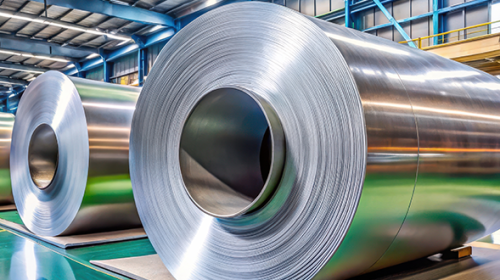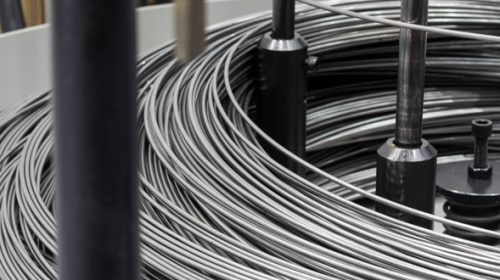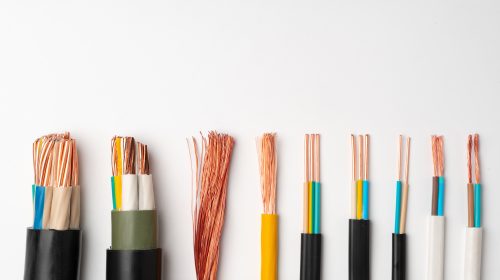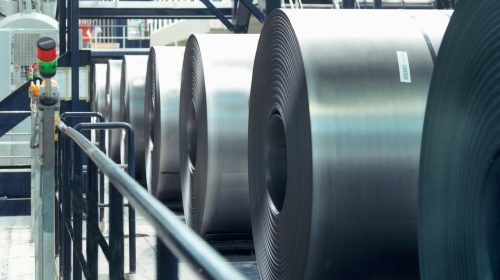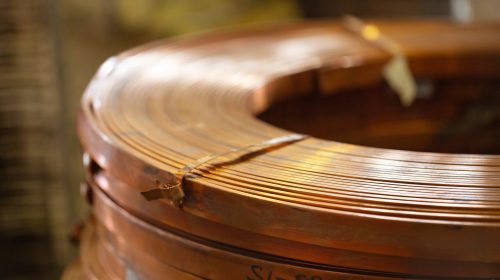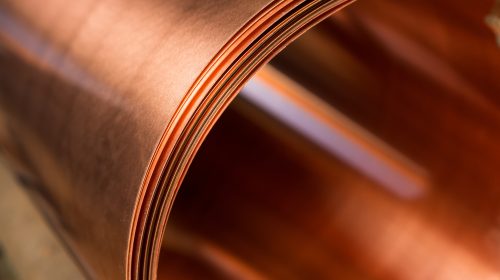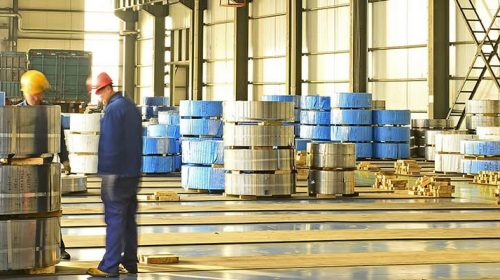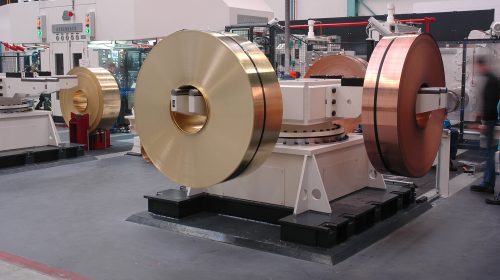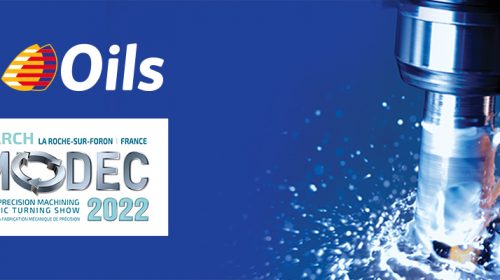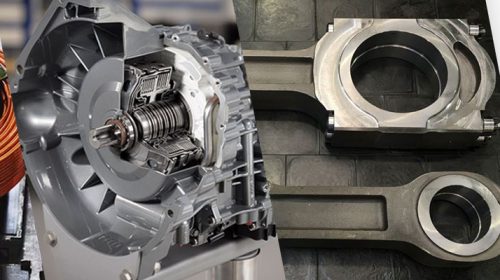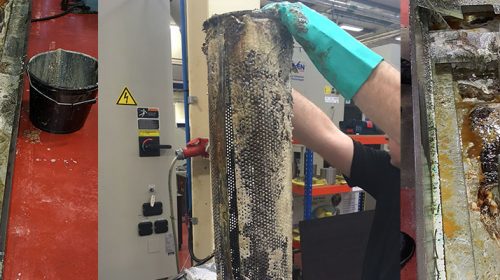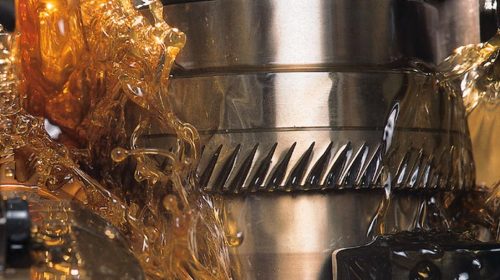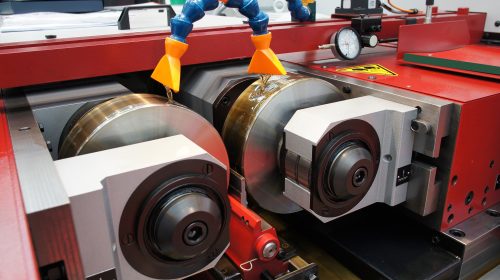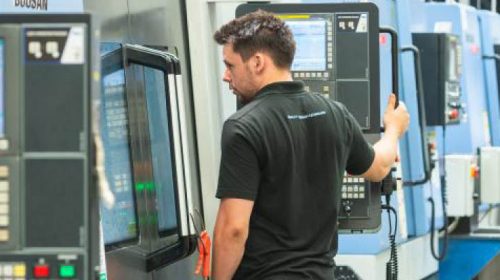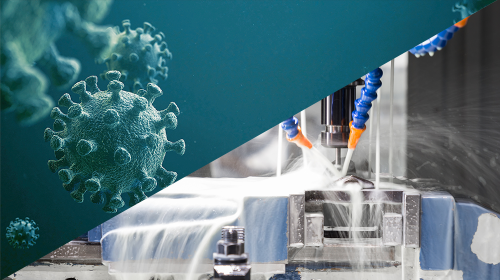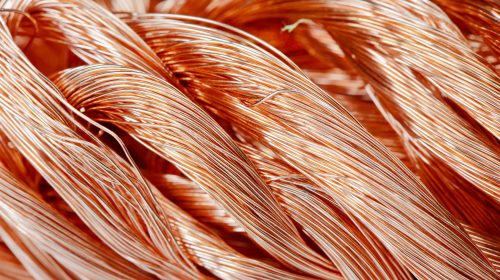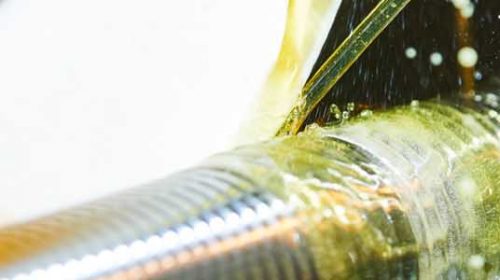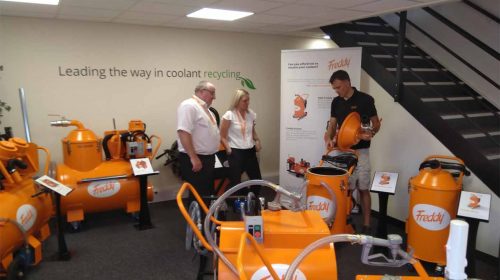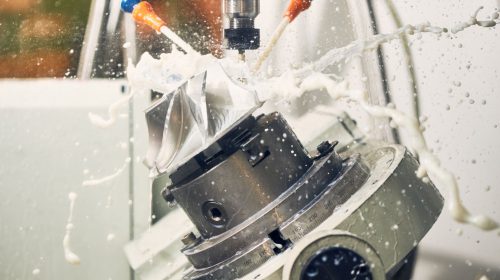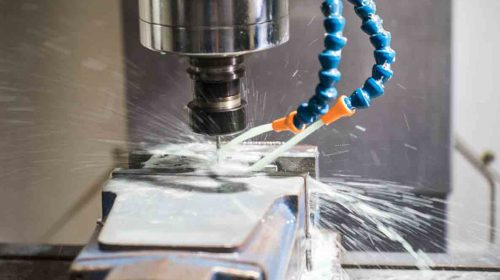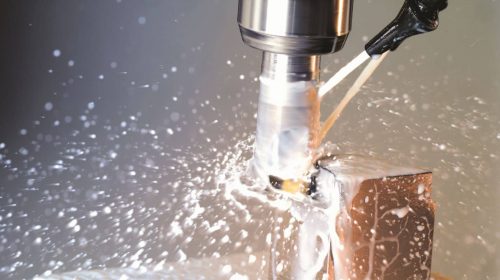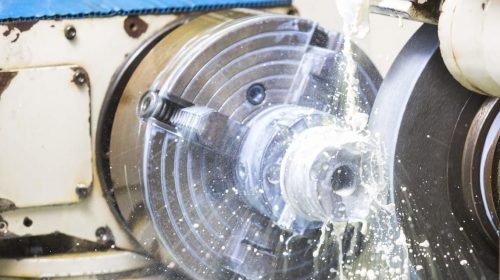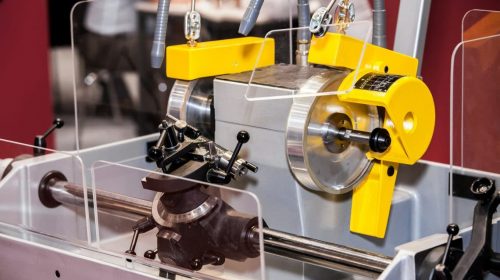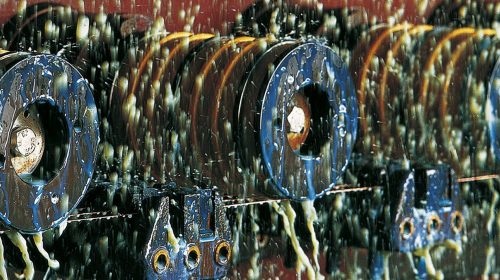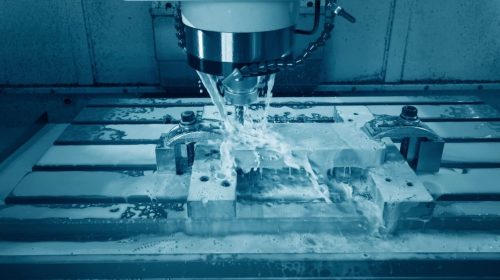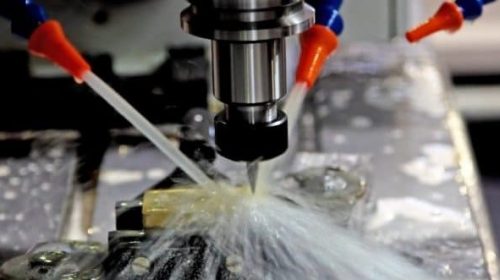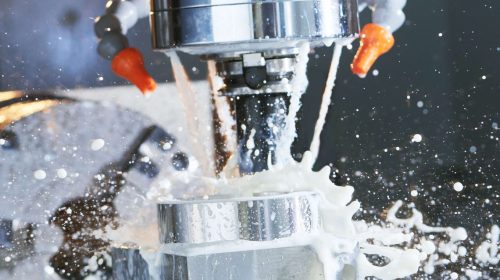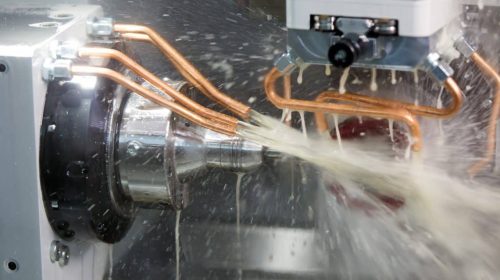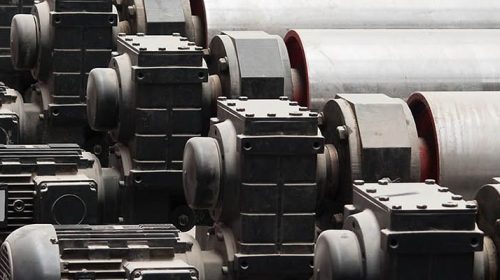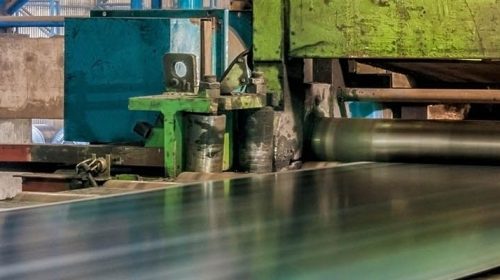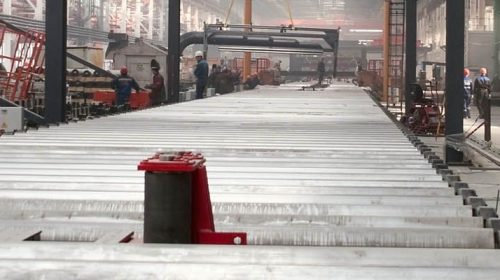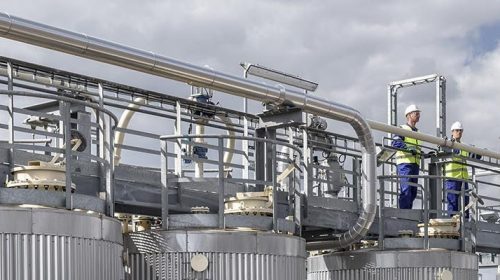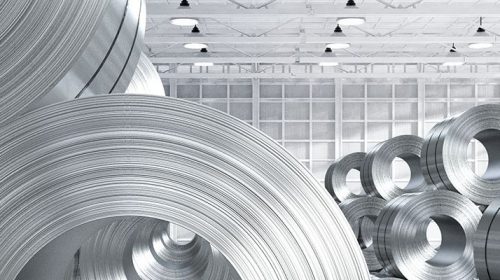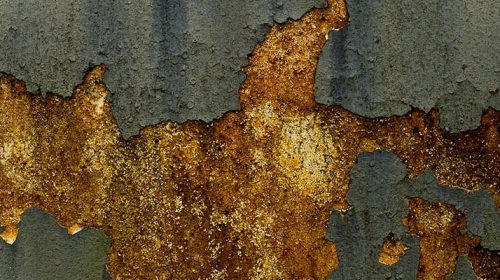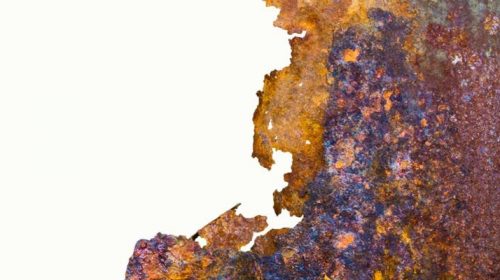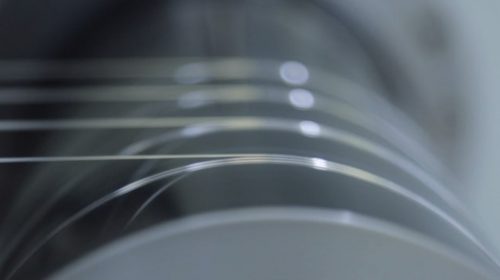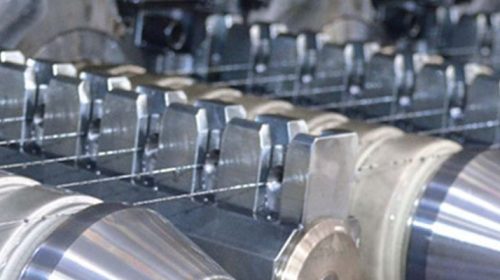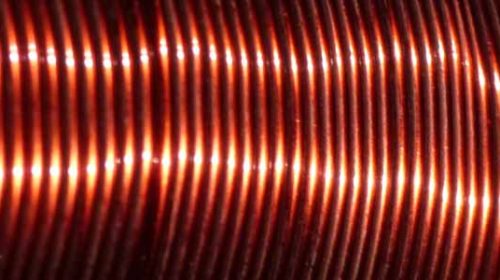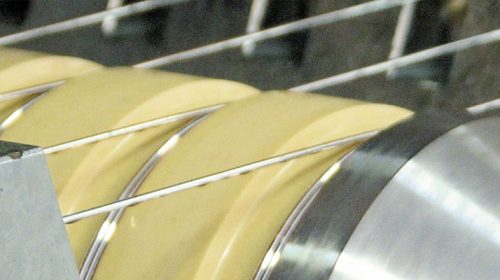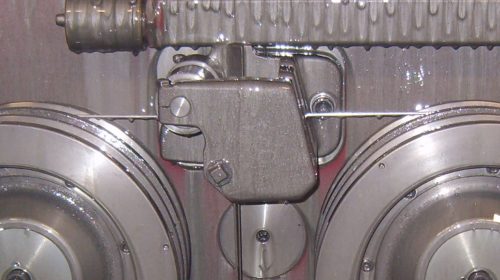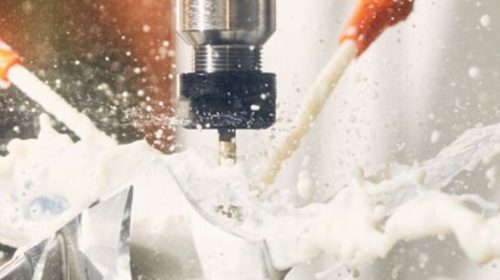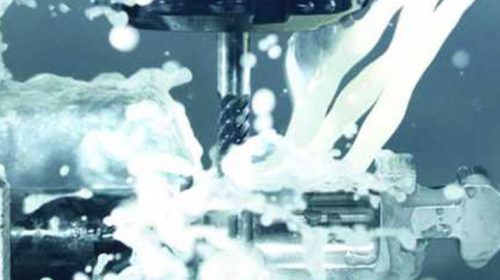Getting the most from your metalworking fluid is all about choosing the correct equipment. Using the right equipment makes it possible for you to enhance the life of your fluid, improve its longevity and prevent problems in the future. So, what equipment should you use?
1. Refractometer
A handheld refractometer is the perfect way to quickly determine the concentration of the metalworking fluid. It does this by measuring the amount of light that travels through the fluid on a %Brix scale. The concentration can be worked out by multiplying by the predefined refractometer factor usually displayed on product data sheets.
2. PH Indicator Strips
pH is measured on a scale of 0-14 and most metalworking fluids are designed to be alkaline (i.e. pH 8 -10) in use. However, contamination from other chemicals and more critically high microbiological growth (bacteria, yeast and fungi) can produce acids which lower the pH and cause instability and a health concern. pH strips are designed for the operator to monitor the PH level of the fluid quickly and easily.
3. Dipslides
Dipslides are recommended as an essential and simple item to effectively measure the growth of bacteria, fungi and yeast. Excessive contamination can cause metalworking fluid to degrade and will eventually can become hazardous to health through breathing and skin contact. A dipslide contains different specific growth media of both sides to support the growth of bacterial colonies on one side, and fungi on the other. The amount of growth expressed in CFU/gram can be obtained by comparing with a scale that accompanies the box of dipslides.
4. Incubator
To allow a more accurate indication of bacteria, yeast and fungal growth an incubator is recommended to store dipslides after use to allow incubation at the correct temperature. It is usually recommended to set the incubation temperature between 35-40 0c for 24-48 hours before reading bacteria and 3 – 5 days for reading fungi.
5. Tramp Oil Removal
Tramp oil levels can cause significant problems in metalworking fluid systems. An excess of oil can lead to fluid instability but can also promote the growth of bacteria and affect air quality presenting a risk to the operator. Mechanical skimmers, oil coalescers or vacuum systems can all be used to remove surface oil and maintain fluid condition and reduce the liklehood of interrupting production
6. Vacuum Equipment
When metalworking fluids become contamination it can result in reduced tool life and an increase in costs. Vacuum equipment can continuously vacuum out and recycle the fluid, ensuring that it is not contaminated. This will ensure that your machinery and fluids remain effective.
7. Mixer Unit
Opting to use a mixer system will ensure that you use the correct concentration / dilution of metalworking fluids in line with supplier recommendations. The dilution can be continuously adjusted to ensure it is as effective as possible. It can also help to reduce the use of cutting fluids and help to minimise labour costs.
8. Swarf Spinner
A swarf spinner can help to reduce metalworking fluid usage by a significant and measurable amount. The spinner allows for the segregation of waste metal and fluid reducing the total cost of waste. In addition the fluid can often be recycled for use reducing the costs even further.






